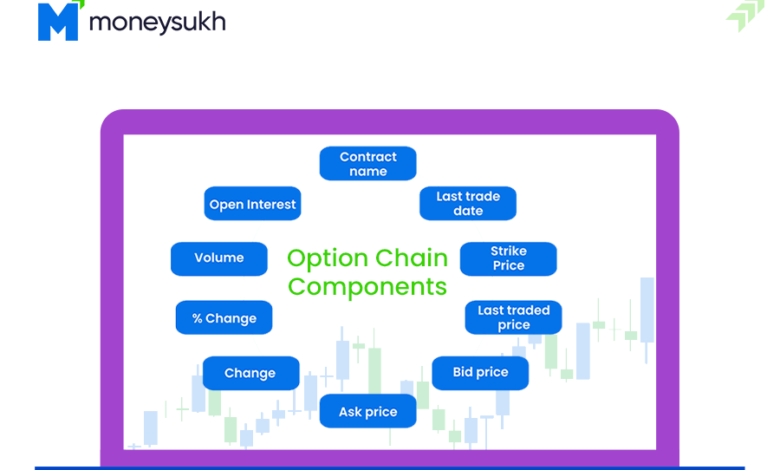Understanding the Role of Strike Price Selection in NSE Option Chain Trading

In the dynamic world of NSE Option Chain trading, strike price selection plays a pivotal role in determining the potential profitability and risk profile of a trading strategy. Strike price, the predetermined price at which an option buyer can exercise their right to purchase or sell the underlying asset, significantly influences the option’s premium and its sensitivity to various market factors.
Impact of Strike Price Selection on Option Premiums
Strike price selection directly impacts option premiums, the upfront payments made by option buyers to acquire the right to exercise their options. Higher strike prices generally result in higher premiums, reflecting the increased probability of the underlying asset’s price moving above the strike price by the expiration date. Conversely, lower strike prices typically lead to lower premiums, indicating a lower likelihood of the underlying asset reaching the strike price.
Influence of Strike Price Selection on Profit Potential
The strike price selection significantly influences the potential profit and loss of an option trade. If the underlying asset’s price moves favorably in the desired direction, options with strike prices closer to the current market price offer greater profit potential. However, these options also carry higher risk, as even a slight deviation from the expected price movement can result in significant losses. Check what is demat?
Impact of Strike Price Selection on Risk Management
Strike price selection plays a crucial role in risk management for NSE Option Chain trading. Out-of-the-money options, with strike prices significantly higher or lower than the current market price, generally carry lower premiums but also offer limited profit potential. This makes them suitable for traders seeking to reduce their risk exposure while still maintaining the potential for some profits. Check what is demat?
Strategies for Effective Strike Price Selection
- Consider Underlying Asset Price: Evaluate the current market price of the underlying asset and its recent price movements to determine a suitable strike price range.
- Assess Trading Objectives: Analyze your trading objectives, whether seeking maximum profit potential, limited risk exposure, or a balance between the two.
- Implied Volatility Analysis: Consider implied volatility, the market’s expectation of future price fluctuations. Higher implied volatility suggests higher premiums and potential profits, but also increased risk. Check what is demat?
- Time Decay Considerations: Account for time decay, the erosion of an option’s value as expiration approaches. Options with longer expirations typically offer greater flexibility in strike price selection.
- Risk Tolerance Assessment: Assess your risk tolerance and select a strike price that aligns with your comfort level for potential losses.
- Dynamic Adjustments: Be prepared to adjust your strike price selection based on changing market conditions and your evolving trading objectives. Check what is demat?
Conclusion
Strike price selection is a critical aspect of NSE Option Chain trading, influencing option premiums, profit potential, and risk management strategies. By carefully considering the underlying asset’s price, trading objectives, implied volatility, and time decay, and risk tolerance, traders can make informed strike price decisions that align with their financial goals and risk preferences. Remember, successful strike price selection is an ongoing process that requires continuous evaluation and adaptation to the dynamic nature of the market. Check what is demat?





